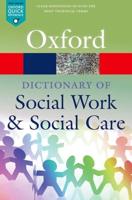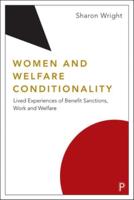Publisher's Synopsis
The federal government provides elementary and secondary education and educational assistance to Indian children, either directly through federally funded schools or indirectly through educational assistance to public schools. Direct education is provided by the Bureau of Indian Education (BIE) in the U.S. Department of the Interior (DOI), through elementary and secondary schools funded by the BIE. Educational assistance to public schools is provided chiefly through programs of the U.S. Department of Education (ED). The student population served by federal Indian education programs consists of members (or descendants of members) of Indian tribes, not American Indians/Alaska Natives (AI/ANs), as identified by race/ethnicity. Most of this Indian education population attends public schools. Most federal data on Indian students are based on race/ethnicity, however, which complicates analysis of results for the population served by federal Indian education programs. The BIE was originally part of the Bureau of Indian Affairs (BIA) in DOI. The BIA began the current system of direct Indian education in the decades following the Civil War, with congressional approval and funding. The system developed gradually to its current structure. In the late 19th century, the BIA began placing a few students in public schools, a trend that accelerated after about 1910. At present, over 90% of the Indian student population attends public schools. The BIE-funded education system for Indian students includes 169 schools (and 14 "peripheral dormitories" for students attending public schools nearby). Schools and dorms may be operated by the BIE itself or by tribes and tribal organizations. A number of BIE programs provide funding and services, supplemented by set-asides for BIE schools from ED programs. Federal funding for Indian students in public schools flows to school districts chiefly through ED programs, with a small addition from a single BIE program. Most of the ED funds are authorized under the Elementary and Secondary Education Act (ESEA) and Individuals with Disabilities in Education Act (IDEA). A perennial issue regarding Indian education is comparatively poor academic achievement among students in BIE schools and AI/AN students in public schools. Since the 1970s, federal policies to address this issue include permitting greater tribal control and influence through tribally operated BIE schools and culturally relevant educational curriculum and language instruction, and encouraging collaboration between states, local educational agencies, and public schools and tribes and parents of Indian students. ESEA standards and accountability requirements also aim to promote the academic achievement of students. With respect to BIE schools, Congress has wrestled to find a BIE administrative structure that will support greater academic achievement of BIE students. Other issues that Congress and Administrations have attempted to address are the condition of school facilities, the incidence of violence and alcohol and drug use among Indian students, the differential administration of discipline in public schools, and the adequacy of funding.










